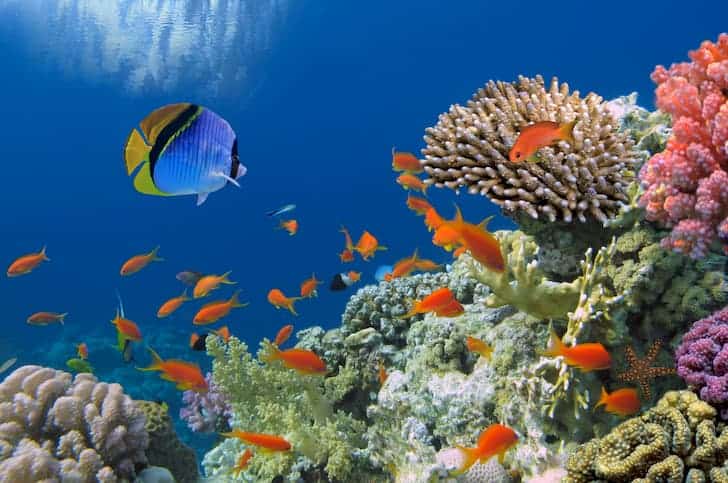What is Biodiversity?
What is Biodiversity?
Biodiversity can be defined as the diversity of life. However, to expand more on that I have adapted my own definition; the diversity of life in an area which encompasses organism and environment interactions (Primack, 2014). These interactions include the minute interactions that are often overlooked, such as microorganism, bacterial, and fungal processes. Biodiversity can be as simple or as complicated a person makes it depending on the scope of their area of study.
For example, an initial biodiversity survey may include the mammals, reptiles, amphibians, plants, and birds that are initially seen. A closer look would reveal invertebrates, larger fungi, and smaller animals. Then, after an even closer look, microorganisms could be identified in the soil, fungi, bacteria, and other microscopic organisms could also be uncovered. Taking this a step further, biodiversity can also refer to the diversity within a species. Genetic variations in a species means that there is a diversity of life, biodiversity, within that population. In fact, every individual is its own variation of a gene pool having different inherited traits (Smithsonian, n.d.).
E.O. Wilson, a world-renowned biologist, defined biodiversity as "life at the gene, species, and ecosystem levels and is the foundation of the world we know" (NPS, 2022).
References:
Primack, Richard B., 2014. Essentials of Conservation Biology. Sinauer Associates Inc.
Smithsonian. (n.d.). What Is Biodiversity? | Smithsonian National Museum of Natural History. Naturalhistory.si.edu. https://naturalhistory.si.edu/education/teaching-resources/life-science/what-biodiversity
NPS. 2022, January 28. Dr. E.O. Wilson’s Biodiversity Legacy Lives on at Rocky Mountain National Park (U.S. National Park Service). Www.nps.gov. https://www.nps.gov/articles/e-o-wilson-biodiversity.htm



Comments
Post a Comment